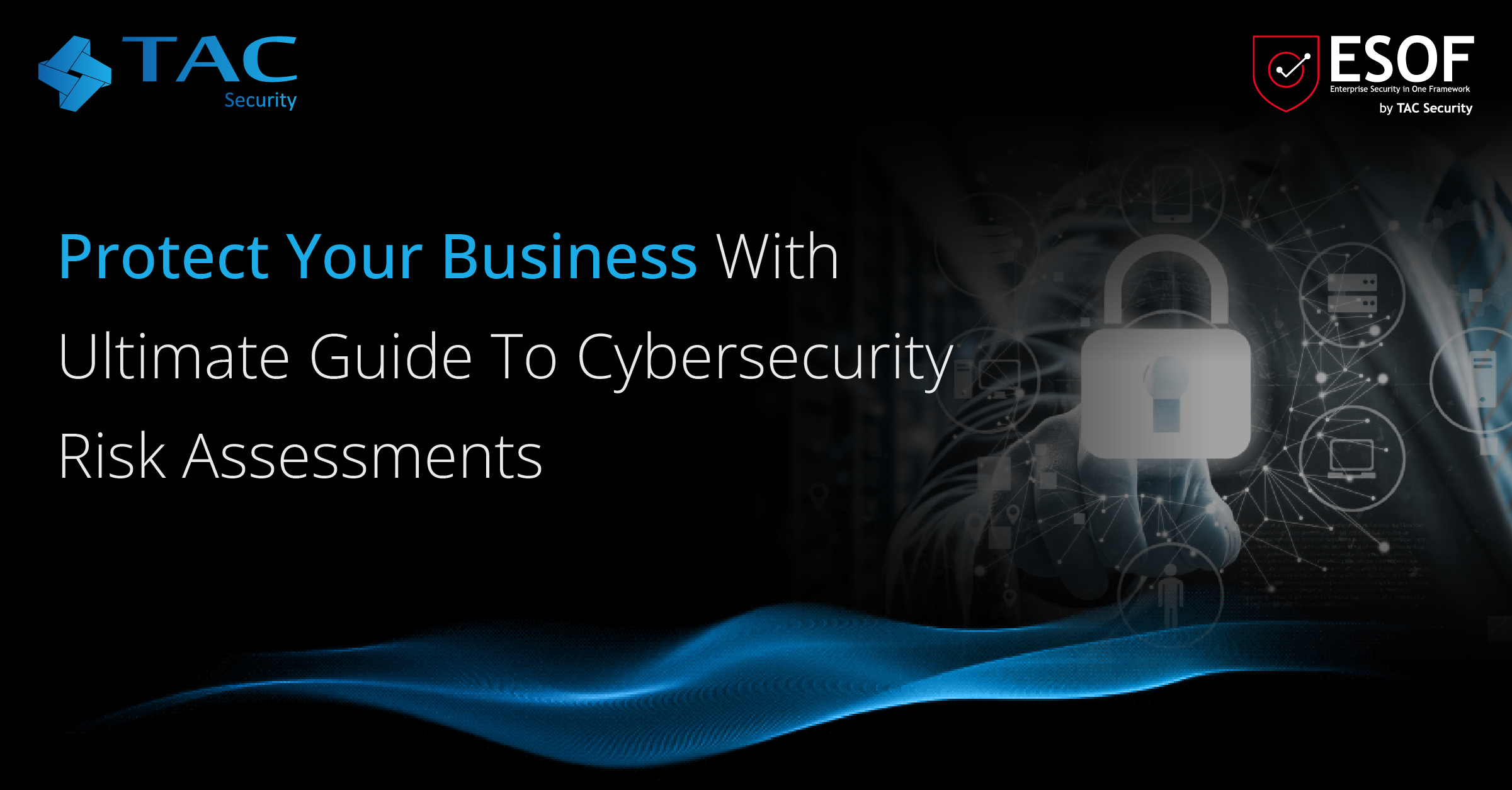Protect your business with ultimate Guide to Cybersecurity Risk Assessments

The cybersecurity risk assessment identifies, analyzes, and evaluates potential cybersecurity threats to an organization’s information systems and data. This process aims to assess a cyber attack’s likelihood and potential impact and identify appropriate measures to mitigate or reduce the risk.
The first step in conducting a cybersecurity risk assessment is identifying the assets needing protection. It includes not only hardware and software systems but also data, intellectual property, and other sensitive information that cyber criminals could target. Once the assets are identified, the next step is to identify potential threats to those assets.
Threats can come from various sources, including hackers, insiders, natural disasters, and human error. The assessment team must consider the likelihood of each threat and its potential impact on the organization’s operations and reputation.
After identifying the threats, the next step is to assess the vulnerabilities within the organization’s systems and processes. Vulnerabilities are weaknesses that cybercriminals could exploit to gain unauthorized access to an organization’s data or systems. These could include outdated software, weak passwords, and unsecured network connections.
Once the vulnerabilities have been identified, the assessment team can assign a ESOF cyber risk score to each threat based on its likelihood and potential impact. This score can help prioritize which risks should be addressed first.
Finally, the assessment team can develop a risk management plan to mitigate or reduce the risks identified in the assessment. This plan may include implementing new security measures, updating policies and procedures, and training employees.
Regular vulnerability assessment and penetration testing (ESOF VAPT) is essential to maintaining the security of an organization’s information systems and data. As the threat landscape evolves, it is necessary to reassess risks and update the risk management plan to ensure appropriate measures are in place to protect the organization from cyber-attacks.
Types of Risk Assessment
Risk assessment refers to a broad term that encompasses a significant amount of information related to an organization’s security posture. To address various concerns, at least five types of risk assessments have been identified, each focusing on different security aspects. These assessments are crucial to identifying and evaluating potential organizational risks and developing effective strategies to manage them.
1.Subjective Assessments
2.Numerical Assessments
3.Generic Assessment
4.Time-based assessment
5.Dynamic Assessment
Enhancing your system security posture with ESOF VAPT
The term “cybersecurity” refers to a wide range of procedures and methods used to safeguard computer systems against harmful elements. TAC Security’s ESOF VAPT services helps in maintaining the security posture of your organization constantly.
Regular vulnerability assessment is essential when using DevOps because it allows you to create an agile, hyperactive system of fluid operations. Each time you put a piece of code into production, its risk needs to be identified and reduced. To improve your organization’s security posture, you can check out the VAPT solution brief.
For instance, your security team is made aware of the problem. It implements a fix when a vulnerability schedule scan you run as part of a risk assessment campaign reveals a SQL injection vulnerability.
Click on ESOF VAPT to know more about our services





